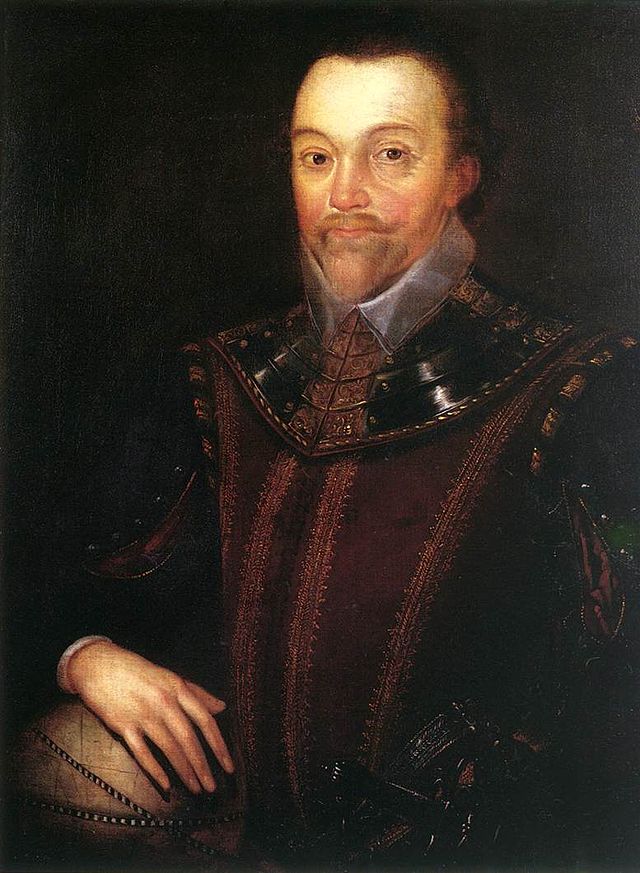Many Western explorers and navigators were pirates, in one form or another – Sir Francis Drake, who managed the second circumnavigation of the world, is a blatant example. Christopher Columbus gets a lot of credit for his explorations, even though he was a seriously flawed human being (see “The truth about Christopher Columbus”). And we all know about The Pirates of the Caribbean and its supernatural pirates and geography.
Today’s discipline of Geography goes way beyond the literal (or supernatural) exploration of the Earth, but it still lays claims to piracy. You heard me – piracy. Another term for it is being “interdisciplinary.” “Geography includes specialists in all of the major processes that influence the Earth system at human timescales, and who are committed to integrating their knowledge with others to solve problems. To maximize the value of our studies and to minimize duplication of effort, geographers are firmly committed to an interdisciplinary collaboration with process specialists in other departments” (see the UCSB Department of Geography’s Vision Statement).
Yep, Geography “steals” from every discipline that deals with Earth systems at human timescales, and geographers are proud of it. The results of such “piracy” have not only exploded the clichéd definition of geography as something to do with memorization, but they have taken Geography to the forefront of education by giving it a spatial dimension as well.
What’s this spatial stuff, you ask. Well, it comes down to the ways in which geographers visualize the world and manipulate the space around us and deal with problem solving by the development of technologies and infrastructures that allow information to be found and accessed across distributed networks (vision statement, op. cit.). In other words, geographers are data pirates whose aim is to capture and structure information about anything in time and space in order to give it meaning in terms of human-environment relations (see http://spatial.ucsb.edu/vision). Welcome aboard, you interdisciplinary maties. Arrgh!
Article by Bill Norrington
Editor’s note: Distinguished alumna Dawn Wright (UCSB Interdisciplinary Ph.D. in Physical Geography and Marine Geology, 1994) just provided a delightfully appropriate link to a ‘story map’ of “The Real Pirates of the Caribbean”: “Explore the travels and exploits of five real pirates of the Caribbean. Click through the tabs to track the adventures of each pirate overlaid on Spanish ports and pirate strongholds in the area. Zoom into the map to see additional detail.”

 (2).jpg)

